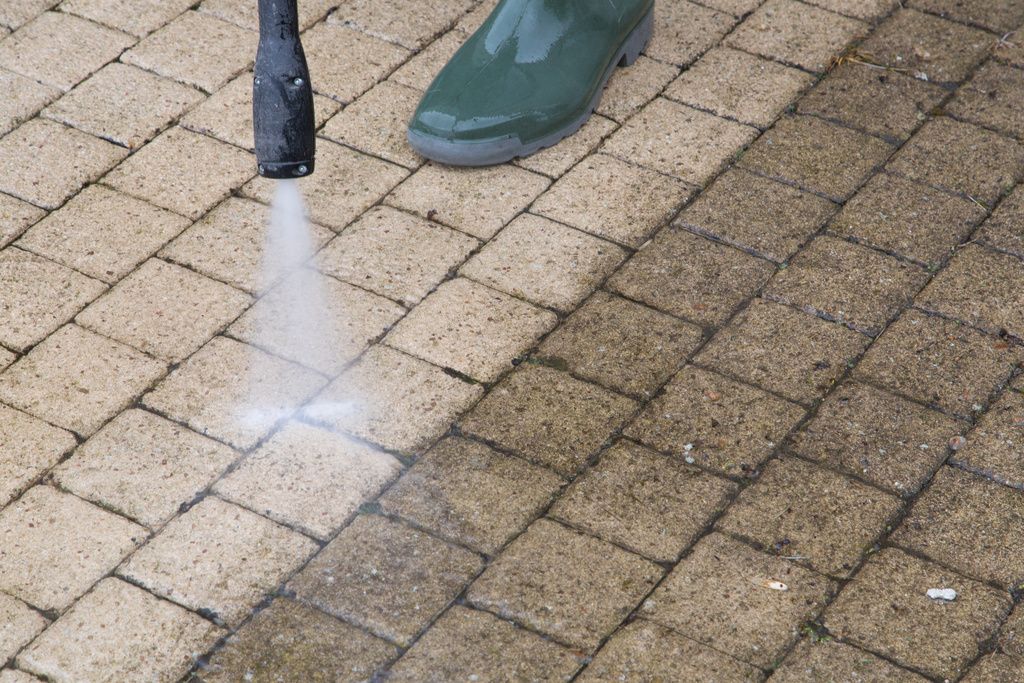Cleaning glass windows is the most tiresome chore and why many people avoid it. It is also the most challenging to master. Clean your windows wrong and you end up with smudges or streaks. However, doing it right can help brighten up a room. Sadly, the battle is often lost before it can begin just based on the type of cleaning material you use. We’ve all heard the old wives’ tail: newspaper used in home window cleaning. There are some that use newspaper in window cleaning for offices! But is it true? Let’s weigh in on the pros and cons of using newspaper for clean glass windows.
Pros of Using Newspaper to Clean Glass Windows:
Save a few bucks
If you want to live as frugal as possible or to tuck a few bucks away for a rainy day, the cost of newspaper is minimal at best. In many cases, if you know where to look, you can get your hands on it for no more than the time it takes to pick it up. Many places recycle newspaper and would be more than happy for you take a few bundles off their hands.
Easily Available
The worse feeling is when you head to the store only to find the item you needed is sold out. Newspaper is so readily available that you’re guaranteed to pick up a good stack in one trip. No special trips to a specific store, no ordering online or waiting on a shipment. If you use newspaper for window cleaning in offices, chances are you’ll find bulk newspaper just lying around near recycling bins by the dozens.
Scrub Away with Ink
Interestingly, window cleaning contractors believe that the ink on newspaper can help scrub away dust, dirt and small stains without harming the glass. The ink gives texture and can act like gentle sandpaper without scratching the glass. You won’t be able to get the same result with regular wash clothes or paper towels.
Streak Free
If you’ve spent time doing home window cleaning or window cleaning for offices, then you are well aware that using paper towels or clothes often leaves a streak behind. Also, depending on the brand, you might find lint left behind that requires another wipe down. It almost becomes an endless cycle leaving you with spotty, streaky glass to look at. Newspaper doesn’t have that problem. Most times just a bit of wiping and your glass is clear and lint-free!
Disposable and Recyclable
Unlike clothes that require rewashing, newspaper can go right into the trash or—better yet—go into the recycling bin. So you can say goodbye to your rag washing days and save yourself some room in your washing machine. Not to mention saving on laundry detergent, electricity and dryer sheets.
Cons of Using Newspaper to Clean Glass Windows:
Limited Use
While newspaper is in abundance, you’ll need to keep a good stack if you plan to do all the windows in your home or office. When using cloth to clean a window, you have the option of rinsing and reusing. Unfortunately, newspaper does not have the same ability. Once newspaper is wet it will begin to break down and fall apart.
Ink Bleeds
Many times when you use newspaper to wash glass, you will notice some black (or perhaps other color) smudges appearing on your fingers or under your nails. As the newspaper starts to dissolve, some of the ink will begin to transfer to your hands. While the ink will not appear on the glass, it will appear on your skin. Often times the ink will remain on your skin for a few days or more. Some people have claimed luck with using rubbing alcohol to clean your hands, but this can leave your hands feeling dry. Fortunately, this con can be avoided by using rubber gloves while washing windows. However, be sure to watch for wooden frames since ink will stick to window frames and is not easy to remove.
Ultimately, the use of newspaper to clear home or office windows will depend on you. You might want to consider the kind of windows you’ll be working on and the number of windows that need washing. If you still find yourself on the fence with your decision, newspaper is so easy to come by so it doesn’t hurt to give it a try. Comparing the two results and seeing if newspaper provides you with the results you want costs nothing more than your time.







